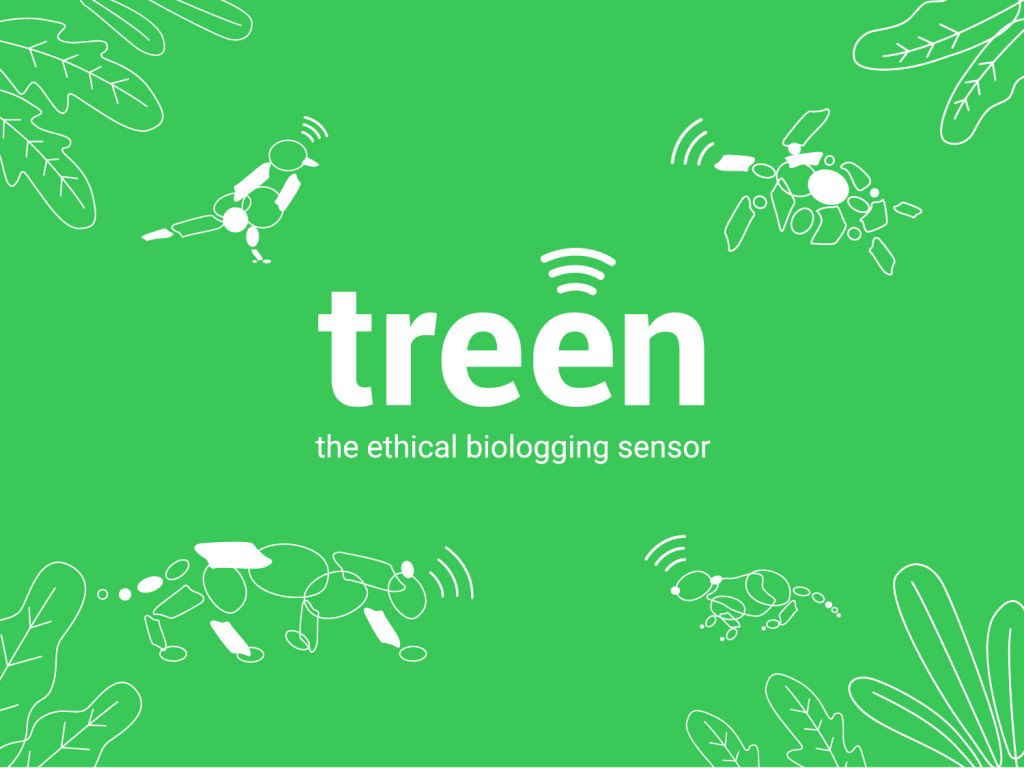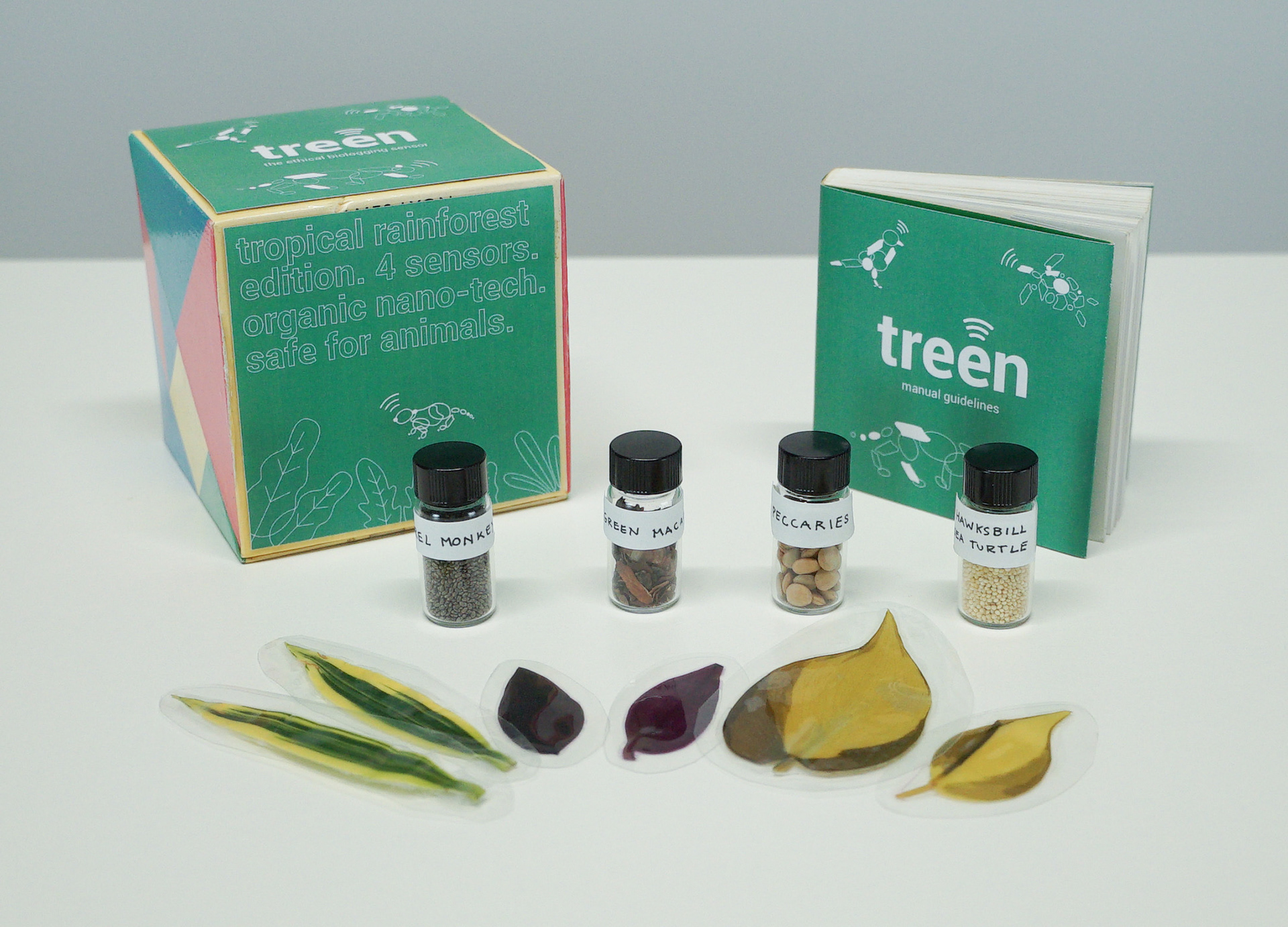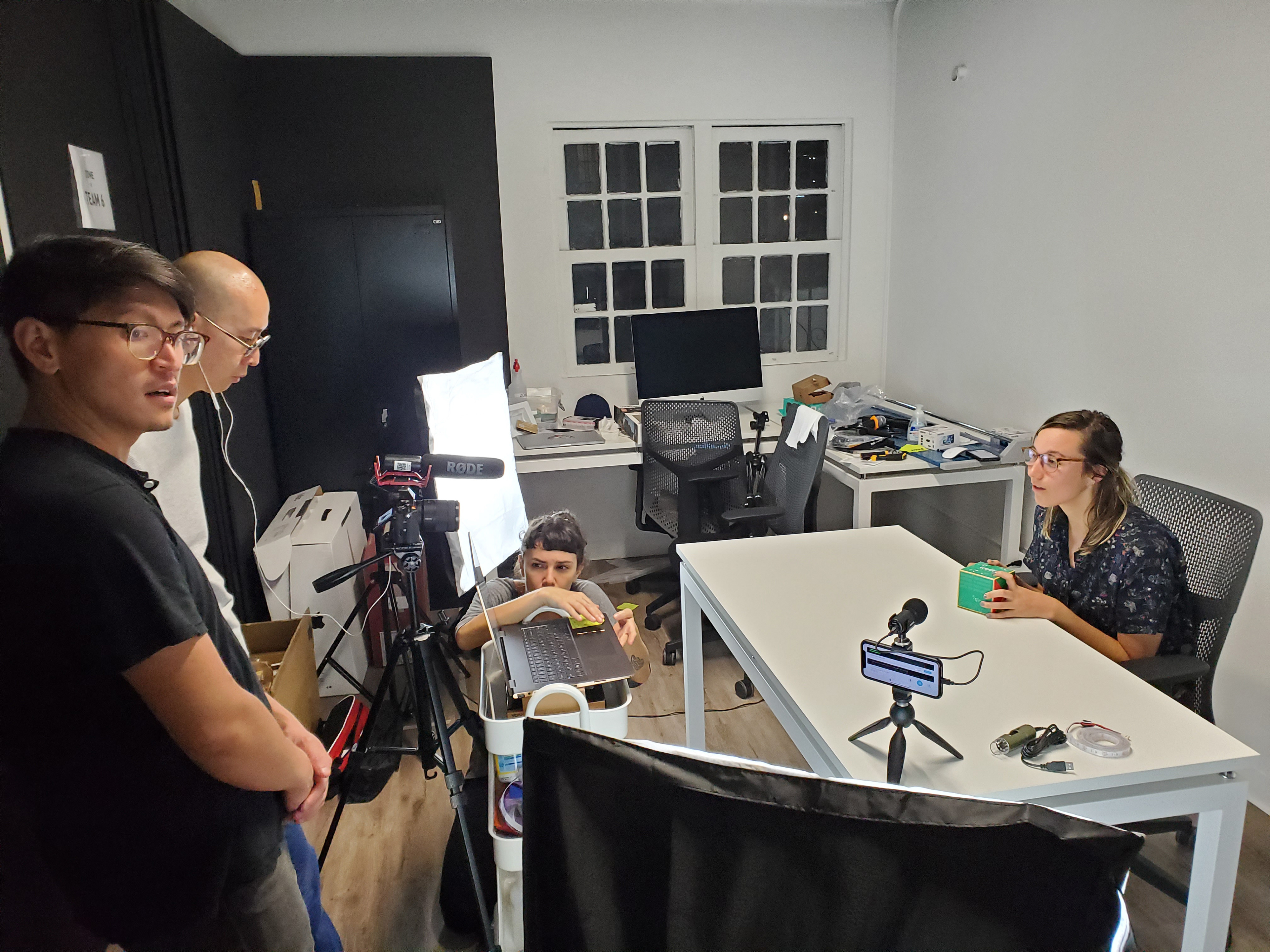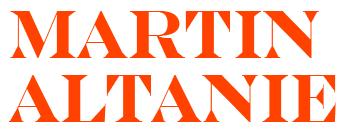Created at CIID (Copenhagen Institute of Interaction Design)
Course: Design and Ethics
Course date: 8-12 June 2020
Faculty: Annelie Berner | Monika Seyfried | James Zhou
Team: Ana Acevedo | Christoff Trexler | Martin Altanie | Norris Hung | Sammy Creeger
Tools: Care Ethic lenses, Futurescaping
Course: Design and Ethics
Course date: 8-12 June 2020
Faculty: Annelie Berner | Monika Seyfried | James Zhou
Team: Ana Acevedo | Christoff Trexler | Martin Altanie | Norris Hung | Sammy Creeger
Tools: Care Ethic lenses, Futurescaping
CONTEXT
Today, animal tracking technology plays a huge role in saving endangered species as well as helping us learn about different ecosystems. However, often these trackers comes at the expense of the animal’s well-being. Tracking devices often can impede mobility, cause stress, and require traumatic capture/release methods.
Treen is a redesign of animal trackers with a focus on care ethics ideals. Rather than asking “What is just?”, care ethics asks “How to respond?”. This emphasis on responding helps people take good choices and achieve a way of living deepened by our care towards each other.
HOW DOES IT WORK?
Treen works by having nano-sensors embedded in the seeds of plants different animals eat. The seeds are planted and allowed to grow. Animals come along and eat the plants along with the nano-sensors that grew with it. The nano-sensors log data and transmit back to the scientist. There is minimal involvement and handling of the animal from scientists and Treen is not as invasive as wearable collars or bulky sensor systems. Because the sensors are ingested, Treen can be placed without the use of sedatives or traps.
HOW DO WE TELL THE STORY?
When brainstorming for the storytelling style of the concept video, the team was discussing on what is the most current and impactful way of communicating the message. While looking at trends on modern societies obsessions with influencer culture, the team decided on creating a fake influencer persona, Cassie from the Lab Cats. Cassie is a young scientist that does reviews on the most current environmentally sustainable tech. Naturally, Cassie did a review on a newly released biologging sensor, questioning how the product would benefit all the stakeholders in the ecosystem.
HOW DID WE GET THERE?
Our brief was centered around Animal tracking. To give it some context, we decided to Focus our efforts on endangered animals in costa rica. We originally focused our efforts on poaching but realized that there are other factors like overfishing and deforestation that contribute in a bigger way to this issue. And in the future as climate change worsens, we imagine these problems getting worse.
The other thing that we looked into was various methods of tagging and tracking animals. What type of data are they collecting and what are the form factors. The ethical issues and effect on animals is much larger than we thought. Based on this context, we thought about the extreme positive and negative examples of how our product could alter the future.
The next step was to map out our hopes and worries, to give us more clarity of how we wanted to approach the problem.
We realized there are different motivations that trackers could be good and bad for. We started to imagine what different stakeholders could be and how they could be affected.
We simplified the stakeholders and their conflicts into three main categories. The dilemma we were interested in pursuing was animal rights versus climate change.
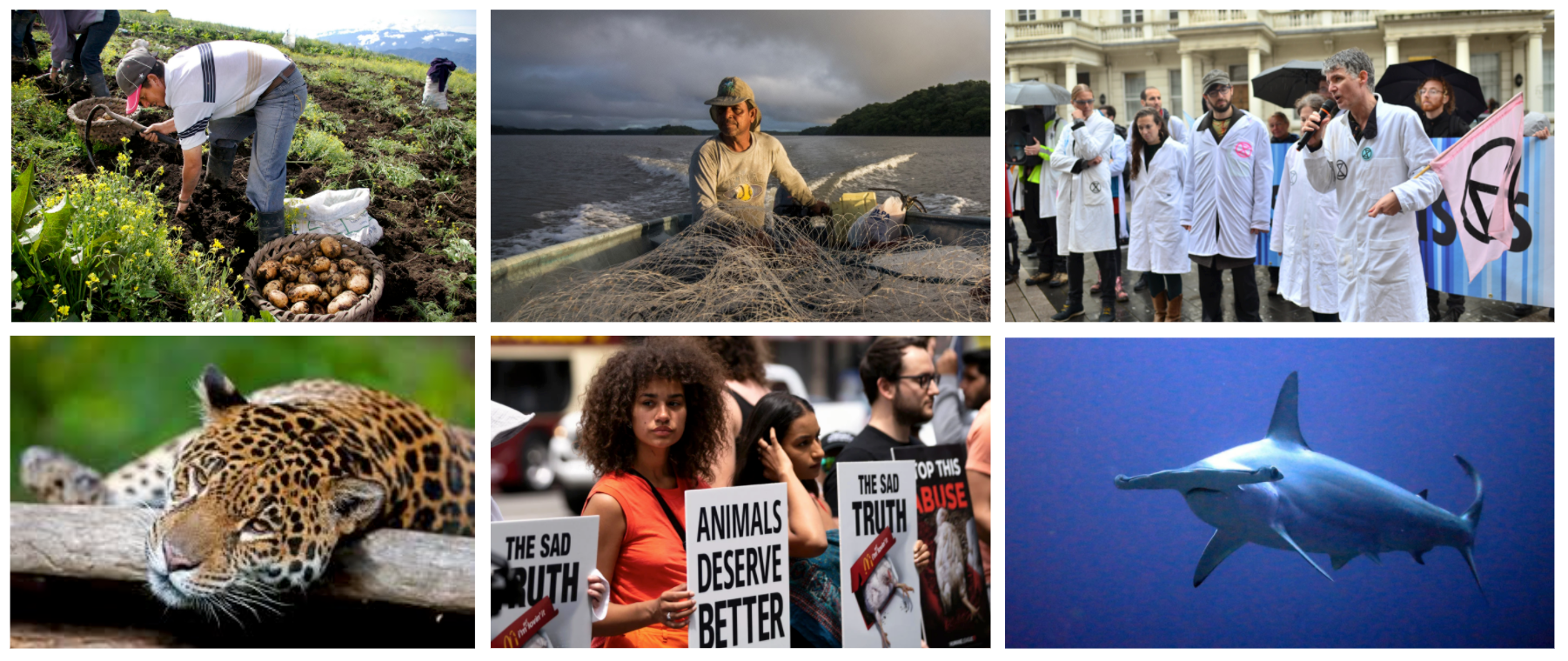

THE CARE ETHIC TOOLS
With the value conflicts mapped out, we tried to use care ethic lenses to view the dilemmas.
The lenses we used were “Utilitarianism, Ethics of Care, Rights Approach.”
These dilemmas helped to form our final proposed intervention.
The lenses we used were “Utilitarianism, Ethics of Care, Rights Approach.”
These dilemmas helped to form our final proposed intervention.
FUTURE ETHICAL CONSIDERATIONS
- Genetic engineering of plants - is it ethical for plants?
- Livelihood of farming/fishing communities - are we disabling them from their main source of income?
- Health implications of animals - what are the side effects of oral biologging sensor?
- Livelihood of farming/fishing communities - are we disabling them from their main source of income?
- Health implications of animals - what are the side effects of oral biologging sensor?
LEARNINGS
- Decisions aren’t made using ethical theories; they’re ways to gain new perspectives & have meaningful conversations.
- Ethical dilemmas highlighted different paths otherwise not thought about.
- Decisions aren’t made using ethical theories; they’re ways to gain new perspectives & have meaningful conversations.
- Ethical dilemmas highlighted different paths otherwise not thought about.
FINAL THOUGHTS
While Treen addresses some of the current concerns around animal trackers, the idea behind this speculative design project is less about the actual solution but the culture of how we approach design in the first place. Through the lens of care ethics, it is important to actively and continually consider how products affect the well-being of all living beings.
